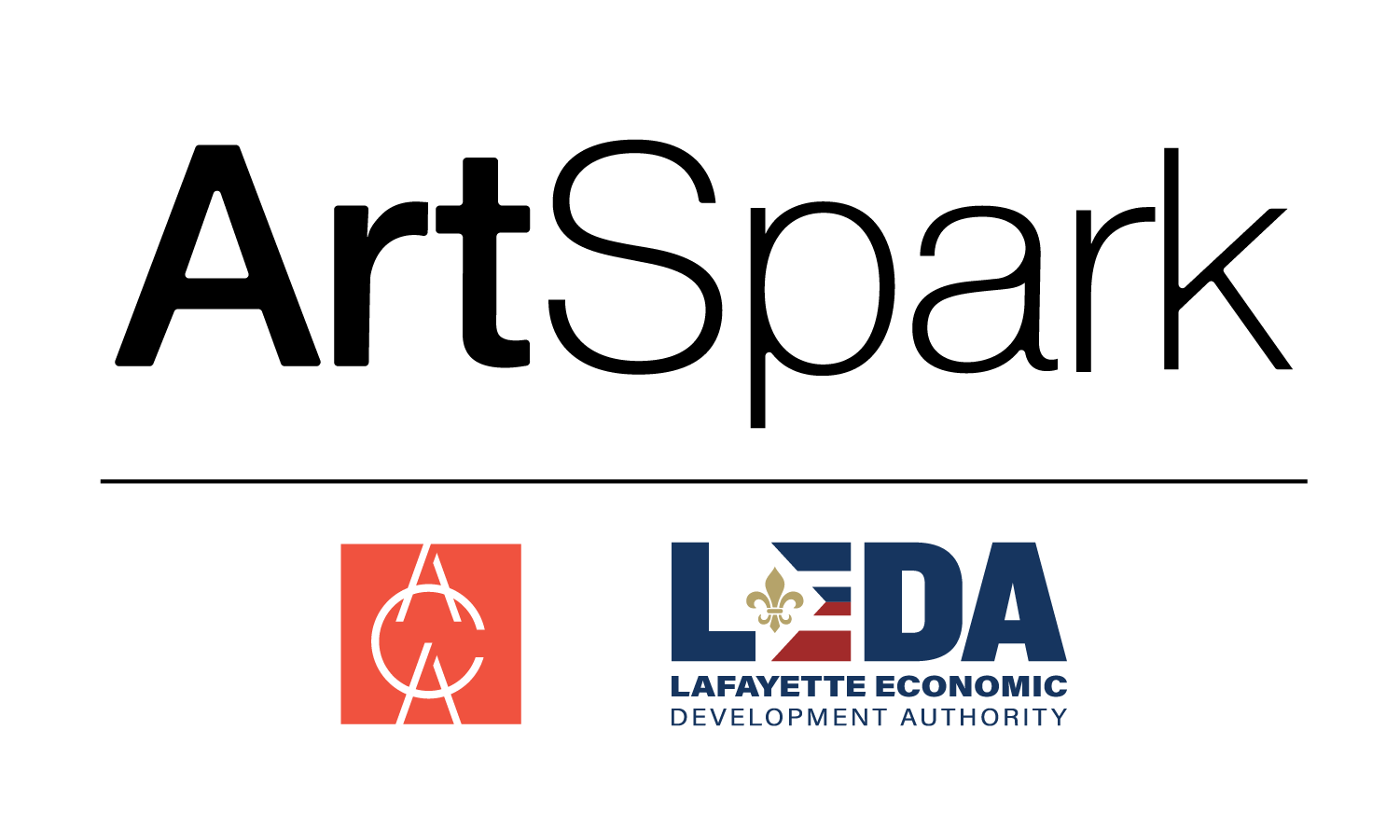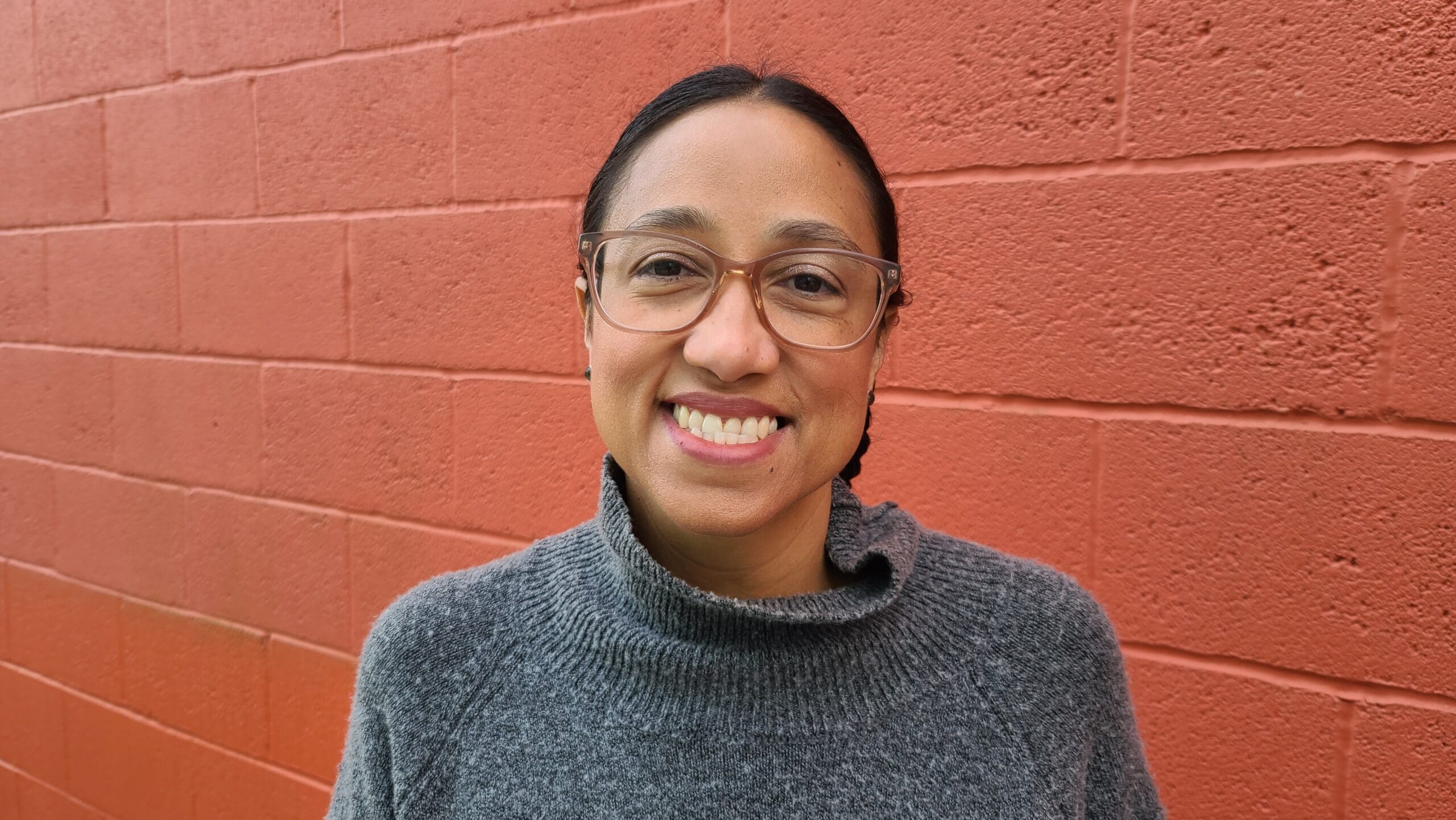Writing your Artist Biography versus your Artist Statement
By Erin Gray, Education Coordinator, Acadiana Center for the Arts
So you’re going to be in an exhibition – congratulations! Or perhaps you’re planning to submit a grant application (ArtSpark, anyone?). You will get to a point, if you haven’t already, where it’s time to submit two important details for your application: your artist biography and your artist statement. Whether you’re a green artist or a seasoned artist, writing an engaging biography and statement can always be a challenging thing to accomplish. Throughout this article, I’ll be providing you with some important details to include in both, while also helping you to identify the difference between your bio and your statement.
Let’s start with your biography!
Think of your biography as your “highlight reel”; this is the statement that people should keep coming back to because they enjoy getting to know you. Keep your biography concise; focus on a few important details… and save your pet’s name for the conversations you’ll be having with your audience.
So, who are you? Here are some questions to help get you started:
- Where are you from? This could be summarized geographically, culturally, or what university you attended or graduated from. You can include all three, just remember that you’ll be providing other information as well. Provide what is the most significant, and be careful not to get too carried away.
- What mediums are you most drawn to and why?
- What influences do you work the most from?
- What inspires you to create?
*Pro tip: When describing how long you have been practicing something, always use the year you started rather than the number of years. Otherwise, you will have to update this bit of information every year.
Your biography should also be written in third person (as if someone else is writing this about you). For example: “Erin Gray, born and raised in… Gray travels as often as possible, always picking up influences from different cultures to inspire her works.” When referring to yourself, be careful not to be repetitive with how you do so; every sentence should not start with the same third person word.
While an artist biography is about you, an artist statement is about your work. This is the key difference between the two.
Let’s move on to your artist statement.
This can feel overwhelming at times, because let’s be honest… it feels impossible to say so few things about something we feel so passionately about. Who else knows more about our work than you do? Well, that is the great thing about art – it is meant to be perceived differently by each and every individual that views it. Let’s use that to our advantage! Don’t be afraid to ask a friend or two to read your statement. This can provide you with some insight from someone who does not practice what you do every day.
You also want to keep in mind that people of all ages will be reading this. Don’t feel like you have to use big, fancy words to keep people intrigued. Your collection of work should speak profoundly for you.
Another thing that can be quite helpful is to read other artist statements. What do you like about their statement? What keeps you focused? What don’t you like about it? What do you feel is missing? This process allows you to take a step back and reapproach your own body of work, but especially how you write about your body of work.
Now, how do you get started? In your artist statement, you should be acknowledging three things:
- Your first sentence is the “I” statement – “I am intrigued by…” or “My work focuses on…” This is your attention getter. This is also your only first person statement. Remember that this is meant to be about your body of work.
- Your second sentence is the “how” statement. How did you achieve your “I” statement? This should include techniques or different processes you use.
- Your final statement is meant to answer the question “What does your body of work do?” – “These pieces become…” or “This collection represents…”
While there may be a sentence or two, or even a question, in between these statements to further describe or support your work, the idea is to not make it too long. Think about how you want viewers to look at your work while viewing your collection. Leave room for the imagination and give the viewer just enough in your artist statement while allowing them to explore the work on their own. There should be a constant conversation between your artist statement, the viewer and the body of art.
Some other things to consider while writing your artist statement:
- This is meant to be about the art, not about you. There will always be time for personal conversations.
- Your statement should explain and support the direction of your current work. Be careful not to give a history lesson of how you got to this point, unless it is absolutely crucial in supporting your current body of work.
- Speak about your intentions without trying to convince the viewer of what you are doing. We still want to allow room for interpretation.
Now that we’ve identified the differences between an artist biography and statement and the approach to writing each, there are some additional things to consider, particularly when preparing for gallery exhibitions.
Got an upcoming gallery exhibition?
It’s best to have your biography and statement turned in at least two months before the exhibition. Most gallery spaces are going to have their own ideal timeline, so always check in with the curator to see what the criteria is, but it’s best to plan ahead. “We typically like to have these things well in advance. One month before opening day is as late as I’d like to receive it,” says Jaik Faulk, Visual Arts Director of the Acadiana Center for the Arts. You can also have a quick “go to” bio and statement while you fine tune the exhibition pieces to send in about one month before.
Also ask yourself, “What information do I want the gallery to have so that this exhibition is properly marketed?” You can answer that question by providing these things:
- Title of your exhibition
- Titles of the pieces you send in with the intention of marketing them
- Artist Biography and Artist Statement
While the approach to writing a biography and an artist statement can vary, whether it be for an exhibition or a grant application, my hope is that this will at least get you started, or out of the “stuck”. Remember that as an artist, you are constantly evolving! That means your writings are also changing with you. And that is another beautifully artistic process that we are so lucky to be a part of.
Erin Gray is the Education Coordinator at the Acadiana Center for the Arts. A painter herself, she graduated from the University of Louisiana at Lafayette in 2016 with a Bachelors in Fine Arts. Born and raised in Lafayette, Gray constantly pulls from nature and her everyday surroundings to inspire her works.




